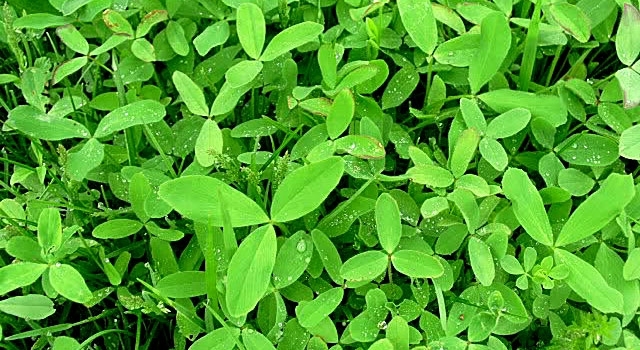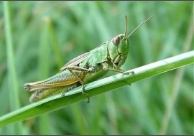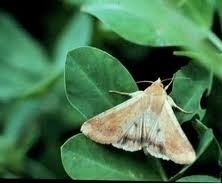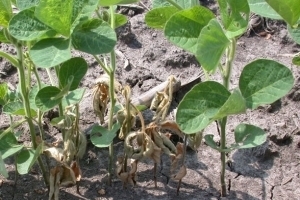General Information
Berseem is a fast growing, high quality forage that is mainly cut and fed as green chopped forage. Berseem is a great nutritious and delicious green fodder for animals, especially for milk giving animals. This crop enhances the fertility of the land as well as providing more quantity of green fodder by 6 cuttings from October to May. It also improves alkaline and saline soil. Flowers are yellowish-white in color. Berseem can be sown alone or in combination with other species. It is mixed with grass (ryegrass) or with a winter cereal crop such as oats to make high quality silage.














